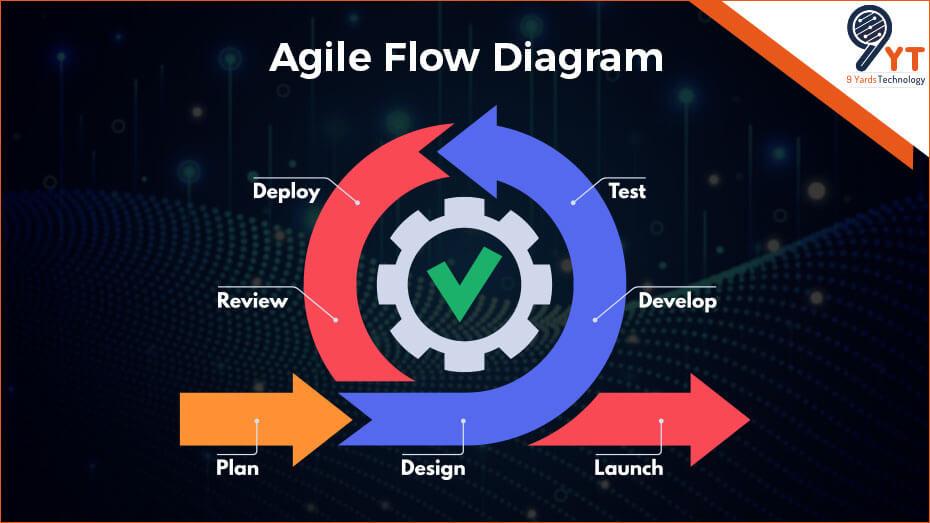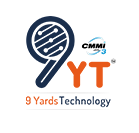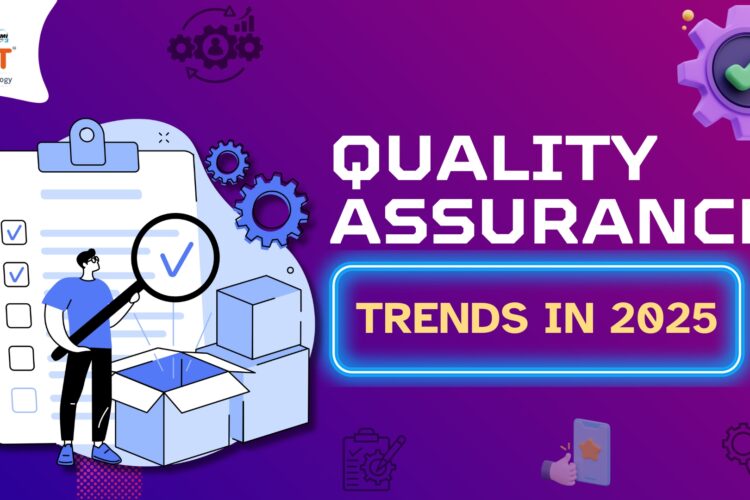
Agile Methodology
Agile methodology is the latest and most commonly used software development life cycle model. Nowadays, the Agile Methodology is followed in every project and organization for any software development process, keeping track of its fast-paced software requirement development and delivery methodology.
In Agile, the whole software development process is divided into Iterations/Sprints. Thus, the software is delivered based on the requirement (user stories) divided into iterations/sprints, with any large requirement changes passed into the next sprint created for quick delivery of the end software product without delay.
Agile Project Management
Agile project management is handling projects using agile frameworks and processes such as Kanban and Scrum. Where the project is managed based on user stories/requirements divided into sprints/iteration and continuous development with changes handled quickly and responsibly with large changes passed on to newly next upcoming sprints/iteration so that the requirement (user/stories) developed in continuous iteration does not hamper and delivered quickly in another phase.
That’s why it’s one of the reasons the agile methodology is highly in use in Project management with its flexibility, change adaptability, and end-user/customer inputs.
Agile Methodology Roles
The Roles in Agile methodology play an important part in what is desired from the software product and how it should be executed and delivered quickly using agile methodology. There are below roles which are as described:
-
Users
In agile methodology, users play an important role. Users are nothing but the end-users or customers for which the product is getting developed. Based on Agile, the user stories (end-user requirements) are getting developed and delivered using the agile framework methodology.
-
Product Owner
The product owner is none other than a key responsible person who understands the customer or product requirement and defines user stories, and creates a product backlog.
-
Scrum Master/Team Lead
The scrum master is an individual who fosters/leads or manages the entire agile project team and removes any hurdles related to managing the team who is working on agile such as obtaining the resources for the team working on an agile project.
-
Team Members
These are the core members who work on user stories/ requirements, such as designers who design a product UI/UX designing, developers who develop the actual end product, testers who perform testing and the quality task of a product and deliver the end product for UAT.
Also Read: Check How Mobile App Testing Ensures Consistent Business Growth!
Agile Process Methodology – Kanban and Scrum
Once the product’s vision is clear and an agile team is formed, the next task is to adhere to the process methodology such as Kanban and Scrum.
-
Kanban
Some organizations start with the Kanban process because it’s easy to use and follows the workflow method of picking the user story and working on it, which goes through the various workflows as ‘Requested,’ ‘In Progress,’ and ‘Done’ until all user stories (requirements) are done.
-
Scrum
In Scrum, the user stories are divided into sprints where the product owner defines the user stories and prioritizes them as per business values. The agile team picks the top user stories they will work on in Sprints or iterations, which last from 1 week to 10 days.
In Scrum, there are standard meetings (also called scrum ceremonies or scrum rituals) that help the team commit to sprint priorities, completion of work as a planned sprint, and all the sprints should successfully end. The meetings usually include a few common elements:
-
Sprint planning
It is the planning of sprint completion as prioritized by the product owner, and the team selects how much work can be finalized or accomplished during each sprint so that all sprints should get completed and end.
-
Daily standup
Daily standup sessions help teams examine the status of user stories, teammates share their day-to-day plans to accomplish or work upon sprints, and anyone can escalate blocks that impede the team’s progress.
-
Sprint reviews
These are sprint demo review meetings at the end of the sprint, where the functionality is offered to the product owner to gain approval of completed work during each sprint completion.
-
Retrospective meetings
Retrospective meetings are meetings where the team discusses what went well and what needs improvement in their agile and software development processes.
Agile Flow Diagram

In a Nutshell
Finally, the Agile methodology plays a crucial role in any project. It reduces the time estimation of delivering projects to the clientele with fast delivery of end-to-end project requirements. Due to these advantages that Agile provides, it is commonly used across most organizations.





